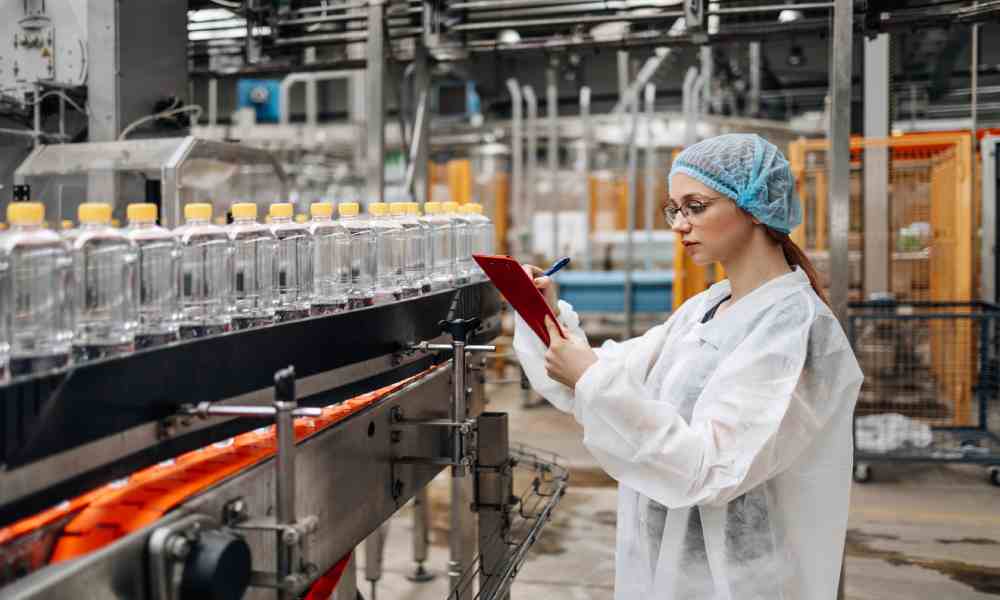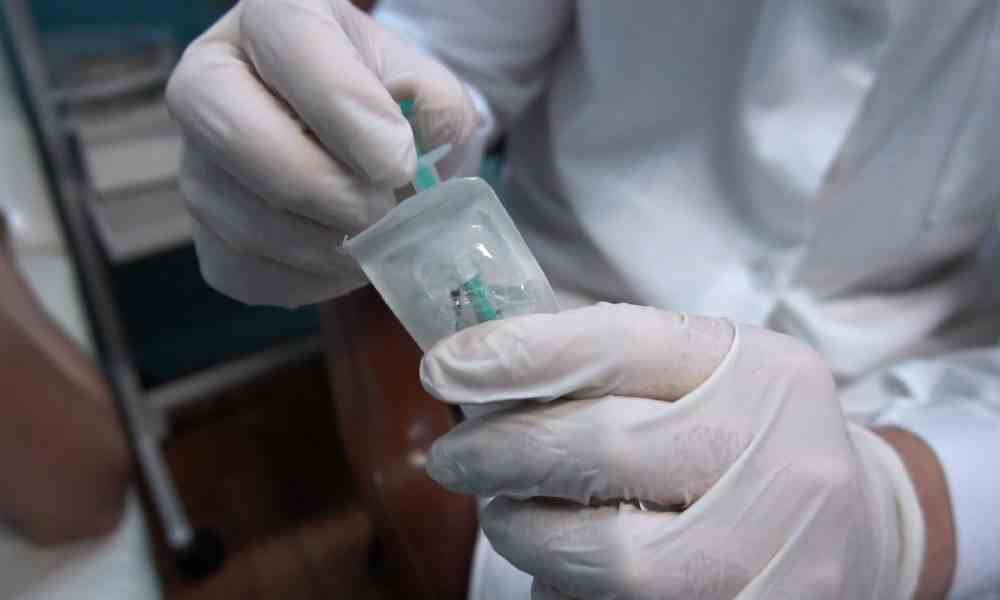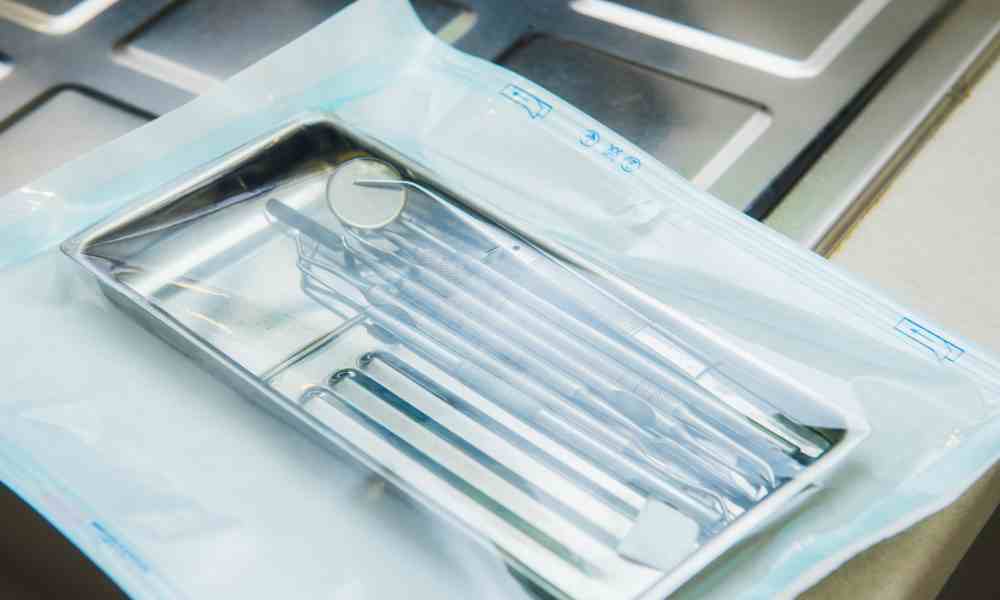Medical device packaging must undergo strict testing processes before businesses can use it to safeguard their devices. From initial designs to implementation in packaging workflows, every step of the process revolves around ensuring the packaging design is safe, secure, and acceptable for the healthcare industry.
Testing for material biocompatibility is a significant part of this process. Without biocompatibility testing, packaging materials can cause user reactions, contamination and affect the sterility of the overall packaging design.
By understanding what biocompatibility is and what kind of role it plays in sterile packaging, manufacturers can design packaging solutions that protect their medical devices and deliver safe, healthy tools to healthcare professionals. Learn more about biocompatibility, packaging sterilization and validation testing, and other key components in the medical device packaging design process with this overview.
What Is Biocompatibility?
Biocompatibility plays a large role in various medical device validation processes. Put simply, biocompatibility determines whether a device is safe for the specific part of the body it is supposed to come into contact with. Testing biocompatibility involves making sure a medical device won’t cause an adverse reaction in the patient.
It is important to note that, because biocompatibility tests how a specific material acts in its unique intended application, the testing process is different for every type of medical device. For example, needles must not cause an adverse reaction when they come into contact with internal tissue and blood. Biocompatibility testing for pressure cuffs, on the other hand, focuses on ensuring the cuffs don’t cause irritation or other negative reactions with outer layers of skin. By testing biocompatibility at this precise, case-by-case level, manufacturers can design medical devices that are safe for their intended uses.
Risk Assessments for Biocompatibility

Regulatory standards for biocompatibility are stringent, and rightly so. Organizations such as the FDA and ISO have established comprehensive guidelines and testing procedures to guide risk assessments and validation processes and help ensure medical devices and their packaging materials are safe and effective. Biocompatibility testing looks at factors such as material toxicology, cytotoxicity, genotoxicity, implantation, irritation, sensitization, hemocompatibility, and more to determine the necessary validation procedures for each medical device.
What Constitutes Biocompatible Materials?
Materials that are considered biocompatible are those that do not provoke an immune response when they come into contact with biological tissues. Common biocompatible materials include specific types of plastics, metals, and ceramics that have undergone rigorous testing and are proven safe for medical use.
Biocompatibility testing helps manufacturers determine the best material for the medical device they are designing. It also helps inform decisions about medical device packaging materials. By carefully selecting materials that pass biocompatibility tests and offer low reactivity and high durability, manufacturers can ensure their products are safe for end-users.
Signs a Material Isn’t Biocompatible
How do you know when a material isn’t biocompatible? The answer changes depending on the material and its intended use. Non-biocompatible materials might cause a minor adverse reaction, such as skin irritation. However, the reaction could also be more severe, such as hindering the healing process or creating dangerous consequences that put the patient’s health and life at risk.
The biocompatibility validation process involves examining these reactions to determine how safe or harmful a material is for potential patients. Some common reactions that indicate a material is not biocompatible with its intended use include:
- Skin irritation
- Chronic inflammation
- Cell disruption
- Blood clots
- The narrowing of blood vessels
- The production of cytotoxic compounds
A lack of biocompatibility can also damage the material itself. If patient or user contact causes corrosion, affects sterility and cleaning processes, or causes other damage to the medical device, it isn’t biocompatible.
It’s important to note that biocompatibility doesn’t necessarily mean a material creates zero adverse side effects. In some cases, biocompatible materials can still cause some side effects for patients and be found to be acceptable for use. Common examples of this include minor immune responses or temporary inflammation around the point of contact with the medical device. These reactions are a natural function of the body and create no lasting harm for the patient, so the material is still classified as biocompatible.
Plastics and Biocompatibility

Plastics are an increasingly popular option when designing biocompatible medical devices and packaging solutions. Pure plastics are usually chemically inert, which means they’re less likely to have a reaction to bodily contact than other materials. This makes them a valuable and effective choice in medical packaging and device manufacturing.
One of the most popular plastic options for medical manufacturing is polyetheretherketone (PEEK). PEEK is a high-performance, extremely chemically inert polymer that is safe, durable, and versatile. The strength and processability of PEEK make it ideal for dental and orthopedic products. It’s also useful when creating rigid tubing for medical applications.
Fluropolymers such as polytetrafluoroethylene (PTFE) are another popular choice. Fluoropolymers are alkene-based plastics that are easy to sterilize and can tolerate a wide range of temperatures. This makes them a versatile and dependable biocompatible material for products such as prostheses, sutures, and more.
The Role of Biocompatibility in Sterile Packaging
Biocompatibility is just as important in sterile packaging validation as it is in the actual medical device validation. Whether it’s a blister pack, seal form, sterilization wrap, sterilization pouch or a rigid container, the materials in the packaging are critical to its overall performance. When medical devices or pharmaceuticals use biocompatible materials in their packaging designs, the risk of contamination or adverse reactions decreases significantly. Failure to create sterile packaging allows foreign bodies to come into contact with the medical device, which ruins the sterility of the device itself and could lead to dangerous adverse reactions or infections in patients.
Because biocompatible materials are designed to interact seamlessly with biological tissues, they can maintain their integrity and functionality over time in the healthcare setting. This durability is particularly important for long-lasting products—such as reusable medical devices—that medical professionals need to store and reuse over an extended period of time. Incorporating biocompatibility into the design and manufacturing process of sterile packaging ensures the final product is not only effective but also safe for patient use. This commitment to safety ultimately enhances the overall quality and reliability of the product.
Biocompatibility and Packaging Material Validity at HIGHPOWER Labs
Biocompatibility and packaging sterility play a key role in preparing medical device packaging for real-world applications. That’s why it’s crucial to work with validation experts to undergo the right testing and meet the necessary regulations for your medical device and packaging designs. Learn more about the medical package validation testing services available at HIGHPOWER when you talk to our team today.
